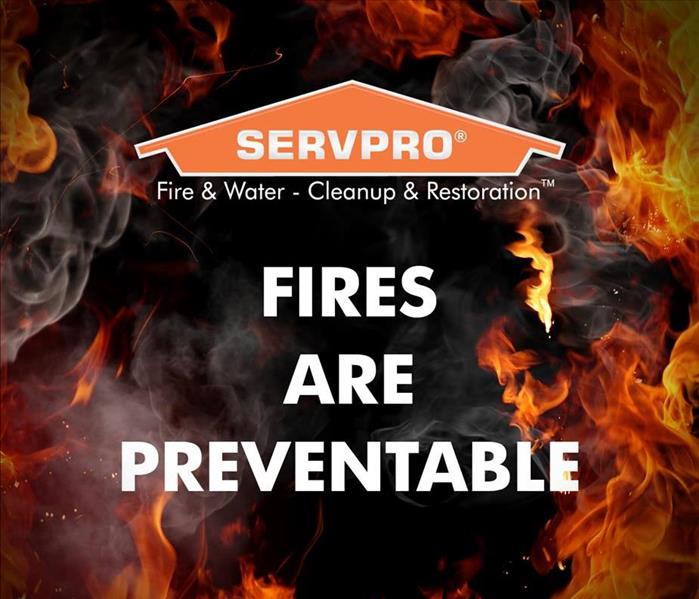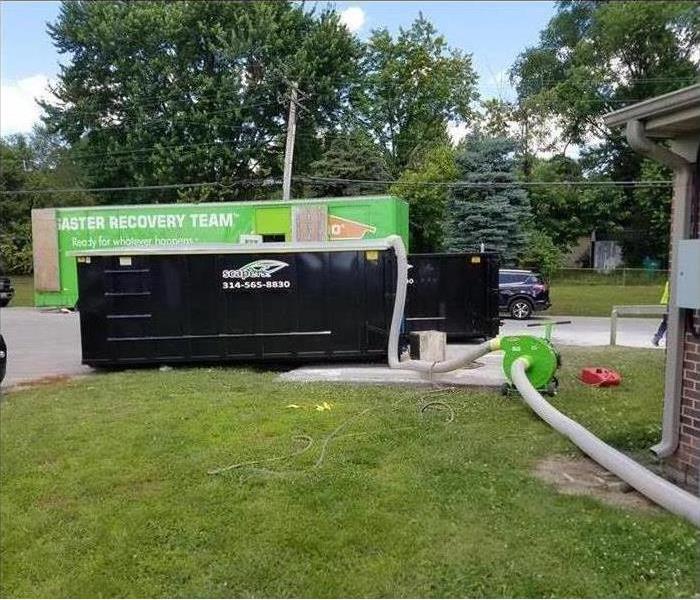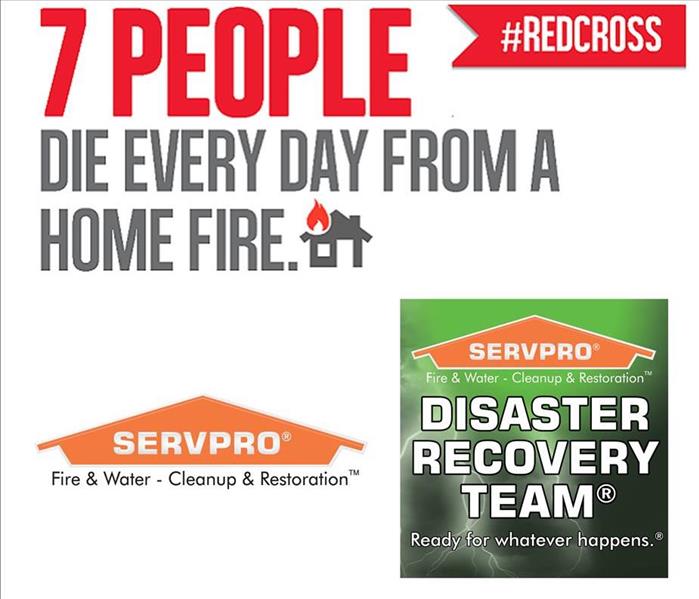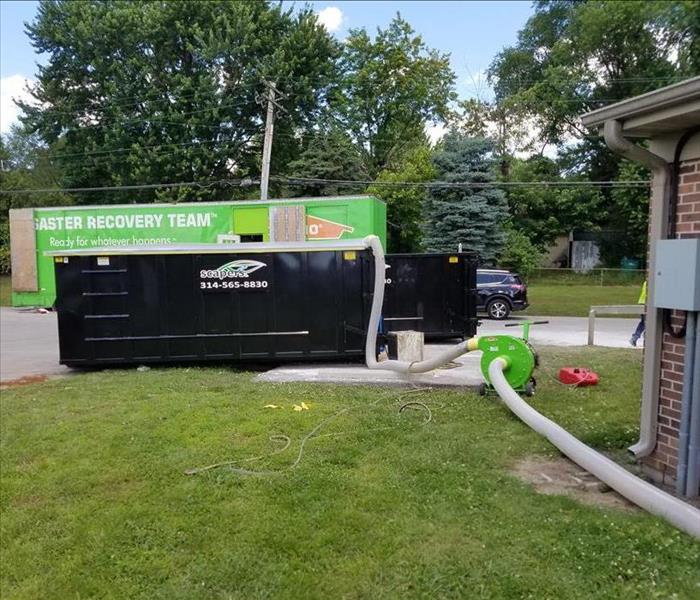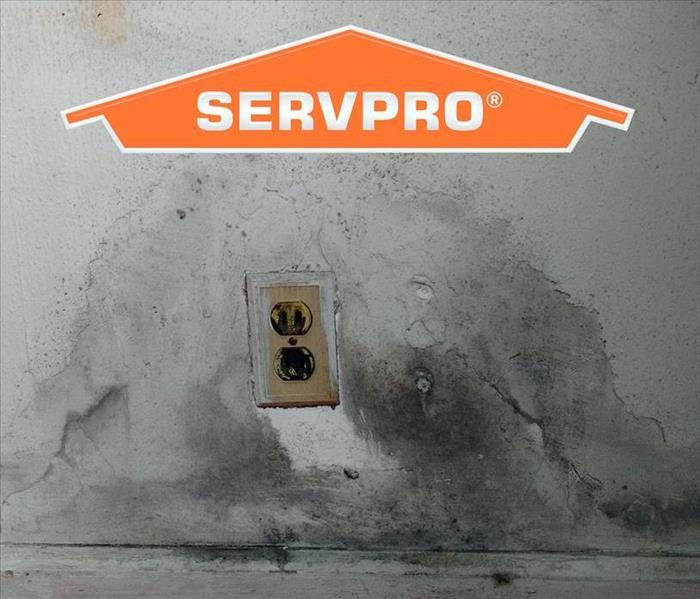Recent Fire Damage Posts
MOST FIRES ARE PREVENTABLE
11/12/2018 (Permalink)
Did you know that more than 360,000 home structure fires each year?
The cold weather often means a higher risk of house fires, this is because people are spending more time at home and indoors from the wintry weather!
Common Fire Hazards at Home
- Candles
- Cigarettes
- Electrical & Lighting
- Dryers & Washing Machines
These fire hazards can be "preventable" with some forethought and care! The most preventable are are unattended candles and cooking! Be aware of when you light candles or leave the stove on before you leave your home or go to bed.
The most recent fire damage SERVPRO of Marion-Bond-Fayette-Clinton Counties did was "quick and a job well done" stated from a happy customer. She explained a fire had started in the middle of the night and SERVPRO was there that morning removing the damage and making everything smell and look nice!
Although most fires are preventable, if you ever experience an unfortunate fire damage call SERVPRO of Marion-Bond-Fayette-Clinton Counties at (618) 533-5400!
SOOT AND SMOKE DAMAGE INSULATION REMOVAL
5/11/2018 (Permalink)
We Know How To Remove Smoke Damaged Insulation
SERVPRO of Marion, Bond, Fayette, Clinton Counties thinks outside the box when it comes to creative ways to get the job done. Here, we engineered a way to continually extract all the insulation out of the attic with minimal manipulation and manpower of an assisted living center.
Smoke and Soot Facts:
- Hot smoke migrates to cooler areas and upper levels of a structure.
- Smoke flows around plumbing systems, seeping through the holes used by pipes to go from floor to floor.
- The type of smoke may greatly affect the restoration process.
Different Types of Smoke:
There are two different types of smoke–wet and dry. As a result, there are different types of soot residue after a fire. Before restoration begins, SERVPRO of Marion, Bond, Fayette, Clinton Counties will test the soot to determine which type of smoke damage occurred. The cleaning procedures will then be based on the information identified during pretesting. Here is some additional information:
Wet Smoke – Plastic and Rubber
- Low heat, smoldering, pungent odor, sticky, smeary. Smoke webs are more difficult to clean.
Dry Smoke – Paper and Wood
- Fast burning, high temperatures, heat rises therefore smoke rises.
Protein Fire Residue – Produced by evaporation of material rather than from a fire
- Virtually invisible, discolors paints and varnishes, extreme pungent odor.
Call us at (618) 533-5400 for all your Cleanup and Restoration Needs.
American RED CROSS Fire Campaign
4/27/2018 (Permalink)
Each year, the Red Cross responds to nearly 64,000 disasters, the vast majority of which are home fires. So we set a goal to reduce fire-related deaths and injuries in the US by 25%.
On average:
- 7 people die every day from a home fire, most impacting children and the elderly
- 36 people suffer injuries as a result of home fires every day
- Over $7 billion in property damage occurs every year
Every day, seven people die in home fires, most in homes that lack working smoke alarms. Sadly, children and the elderly disproportionately lose their lives. The American Red Cross wants to improve the odds and save lives- that’s why we launched our Home Fire Campaign.
A critical part of the campaign is Sound the Alarm, a series of home fire safety and smoke alarm installation events across the country. Together with fire departments and other community partners, Red Cross volunteers:
- Canvass at-risk neighborhoods
- Install free smoke alarms
- Replace batteries in existing alarms
- Provide fire prevention and safety education
In just three years, our home visits have accomplished so much, including the installation of more than 1 million smoke alarms and preparing more than 1 million people against home fires.
Join SERVPRO and the Red Cross April 28 through May 13 on a Sound the Alarm home visit in your community, where teams of volunteers will be installing 100,000 free smoke alarms in more than 100 cities across the U.S. Together, we can save lives!
Check out www.redcross.org/sound-the-alarm for more information and how to help in YOUR community!!
Fire & Water Damaged Insulation Removal
4/19/2018 (Permalink)
We Know How To Remove Smoke Damaged Insulation
SERVPRO of Marion, Bond, Fayette, Clinton Counties thinks outside the box when it comes to creative ways to get the job done. Here, we engineered a way to continually extract all the insulation out of the attic with minimal manipulation and manpower of an assisted living center.
Smoke and Soot Facts:
- Hot smoke migrates to cooler areas and upper levels of a structure.
- Smoke flows around plumbing systems, seeping through the holes used by pipes to go from floor to floor.
- The type of smoke may greatly affect the restoration process.
Different Types of Smoke:
There are two different types of smoke–wet and dry. As a result, there are different types of soot residue after a fire. Before restoration begins, SERVPRO of Marion, Bond, Fayette, Clinton Counties will test the soot to determine which type of smoke damage occurred. The cleaning procedures will then be based on the information identified during pretesting. Here is some additional information:
Wet Smoke – Plastic and Rubber
- Low heat, smoldering, pungent odor, sticky, smeary. Smoke webs are more difficult to clean.
Dry Smoke – Paper and Wood
- Fast burning, high temperatures, heat rises therefore smoke rises.
Protein Fire Residue – Produced by evaporation of material rather than from a fire
- Virtually invisible, discolors paints and varnishes, extreme pungent odor.
Call us at (618) 533-5400 for all your cleanup needs.
Residential Smoke and Soot Damage in Southern Illinois Region
4/18/2018 (Permalink)
Smoke and soot is very invasive and can penetrate various cavities within your home, causing hidden damage and odor. Our smoke damage expertise and experience allows us to inspect and accurately assess the extent of the damage to develop a comprehensive plan of action.
Smoke and soot facts:
- Hot smoke migrates to cooler areas and upper levels of a structure.
- Smoke flows around plumbing systems, seeping through the holes used by pipes to go from floor to floor.
- The type of smoke may greatly affect the restoration process.
Different Types of Smoke
There are two different types of smoke–wet and dry. As a result, there are different types of soot residue after a fire. Before restoration begins, SERVPRO of Marion, Bond, Fayette and Clinton Counties will test the soot to determine which type of smoke damage occurred. The cleaning procedures will then be based on the information identified during pretesting. Here is some additional information:
Wet Smoke – Plastic and Rubber
- Low heat, smoldering, pungent odor, sticky, smeary. Smoke webs are more difficult to clean.
Dry Smoke – Paper and Wood
- Fast burning, high temperatures, heat rises therefore smoke rises.
Protein Fire Residue – Produced by evaporation of material rather than from a fire
- Virtually invisible, discolors paints and varnishes, extreme pungent odor.
Our Fire Damage Restoration Services
Since each smoke and fire damage situation is a little different, each one requires a unique solution tailored for the specific conditions. We have the equipment, expertise, and experience to restore your fire and smoke damage. We will also treat your family with empathy and respect and your property with care.
Have Questions about Fire, Smoke, or Soot Damage? Call the cleanup team at SERVPRO of MArion, Bond, Fayette and Clinton Counties.
Call Us Today – (618) 533-5400
Avoiding Candle Fires - 5 Tips
4/18/2018 (Permalink)

Many homeowners light candles to freshen up a room or to have lighting during a power outage. However, candles still have the potential to create a fire that spreads throughout the building. Avoid a candle fire at all costs, and follow these helpful tips to stay safe.
1. Do Not Leave Candles Unattended
If you are leaving a room with a candle in it, first extinguish the flame. After all, you can always relight a candle if you desire.
2. Keep the Area Around Candles Clean
The shelf or stand where you place the candle should not have anything flammable on it. Additionally, you should avoid placing a candle on a nightstand near your bed. The bedding may catch fire if you are not careful.
3. Toss It Once It Is Less Than Two Inches Tall
You do not want to risk a candle fire by allowing the flame to get too close to the base of the candle. It is better to simply throw away a candle once it is less than two inches high. They are relatively inexpensive to replace.
4. Keep Candles Away From Pets and Children
Candles should be placed high enough that kids and animals cannot get them. It is dangerous for children to play with anything lit. If the candle is left on a coffee table, then a dog’s tail may accidentally hit it and cause it to fall onto the floor.
5. Do Not Put Out a Candle With Water
It is preferable to put out a flame by blowing on it rather than pouring water. The reason is that water can cause the wax to spill all over the place. The hot wax may still catch fire, causing flames to spread throughout a home in Brooklyn NY. Candles are meant to be enjoyed, so always follow the manufacturer’s safety instructions to avoid a nasty candle fire and the impending smoke cleanup.
CANDLE ACCIDENT?
Call SERVPRO of Marion, Bond, Fayette, Clinton Counties at (618) 533-5400
Regularly Inspect Your Fire Sprinkler System
4/18/2018 (Permalink)
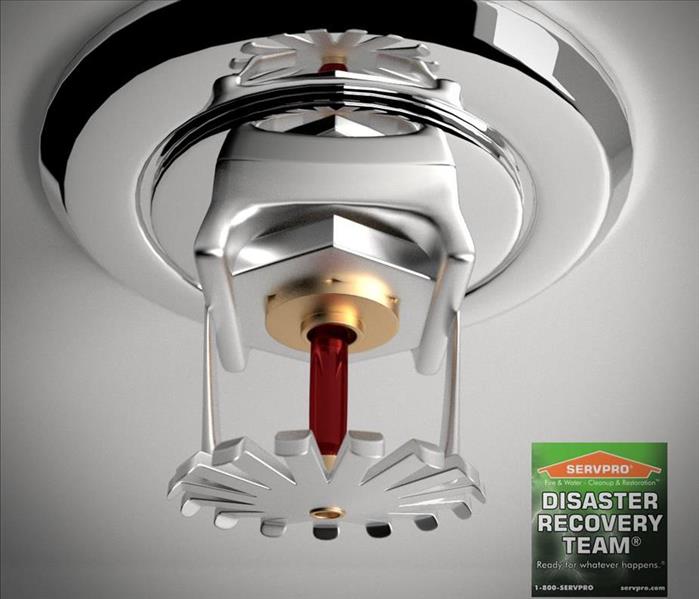
Water-based fire protection systems, or fire sprinklers, should always be kept in working condition and tested periodically to ensure maximum fire suppression capacity. Your sprinklers are your home or business’s first line of defense in the event of a fire, and it may be mandatory in Southern Illinois to conduct routine tests and inspections.
1. Check the age of your sprinkler system. Modern standards require that sprinkler systems adhere to NFPA 25 requirements, but systems in buildings older than 60 years may be outdated and in need of a full replacement.
2. Check your sprinkler installation. Faulty or defective installation equipment and procedures can lead to sprinkler malfunctions in the event of a fire.
3. Always keep your fire sprinklers clean. Dirty fire sprinklers can lead to obstructions that block the water flow and prevent sprinklers from working correctly, or even from detecting and activating in the event of a fire. Many organizations and inspectors recommend an obstruction inspection every five years.
4. Periodically test your sprinkler functions. Sprinklers can be tested in a variety of ways, including simply testing that they work through routine checks. However, more complex testing such as corrosion testing and hydrostatic testing can uncover additional issues that may not be readily apparent on a simple functional test.
5. Immediately replace defective parts. Because sprinklers are so deeply interconnected, replacing a defective part may require replacing larger sections of the sprinkler system. However, this is highly advisable as a matter of safety to prevent any issues should the sprinklers fail to activate in the event of smoke or fire.
One benefit of fire sprinklers is that fire sprinkler cleanup is usually much less messy than cleanup after fire suppression using stronger means. Sprinklers can make a serious difference in prevention of property losses and safety issues, and should be maintained at all times.





 24/7 Emergency Service
24/7 Emergency Service
